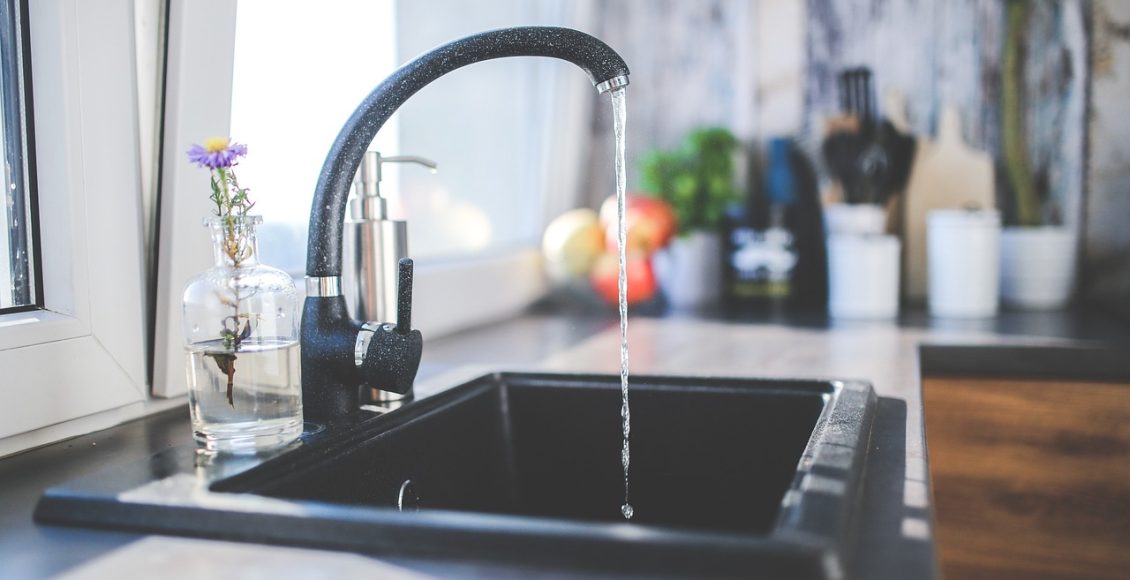Water is essential to daily life, but many homeowners don’t realize when their water quality is compromised. Whether it’s a strange taste, discoloration, or issues with plumbing, poor water quality can have lasting effects on your health, home, and appliances.
Even if your water looks and tastes fine, it may still contain harmful contaminants. A reliable filtration system can effectively remove impurities, ensuring your family has access to clean, safe water. In this article, we’ll explore the common signs that your home’s water needs attention and what you can do to improve it.
Signs Your Water Needs an Upgrade
Unpleasant Taste or Odor
One of the first indications that your water needs an upgrade is a noticeable change in taste or smell. If your tap water has a metallic taste, a strong chlorine scent, or a rotten egg smell, there’s likely an issue.
•A metallic taste may indicate high iron, zinc, or copper levels, often caused by aging pipes or corroded plumbing.
•A chlorine smell suggests excessive chlorine treatment by your municipality, which can affect both taste and safety.
•A rotten egg odor (sulfur-like smell) often signals the presence of hydrogen sulfide, which may indicate bacterial contamination.
These issues don’t just make drinking water unpleasant—they could also pose health risks and indicate deeper water quality problems.
Discolored or Cloudy Water
Your water should always run clear. If you notice discoloration—such as yellow, brown, or reddish hues—it may be due to rust, sediment, or even contaminants from aging pipes. Cloudy or milky water could be caused by air bubbles, but if it persists, it may indicate excess minerals or bacteria.
Even if your water looks clear, it’s still possible for harmful contaminants to be present. A proper water test is the best way to know if your water is truly safe.
Staining on Fixtures and Laundry
Stains on sinks, bathtubs, and laundry can be another red flag for water quality issues. Different stains often point to different problems:
•Red or brown stains typically indicate iron or rust in the water.
•Blue-green stains suggest high copper levels, often due to acidic water corroding pipes.
•White, chalky buildup is a sign of hard water, which contains excessive calcium and magnesium.
If left unchecked, these minerals can damage appliances, clog pipes, and even cause fabric discoloration in your laundry.
Skin and Hair Issues After Showering
Have you noticed dry, itchy skin or brittle hair after showering? Hard water is often to blame. The high mineral content in hard water prevents soap from lathering properly, leaving a residue that can dry out your skin and hair.
Chlorine, commonly used in municipal water treatment, can also strip natural oils from your skin and hair, causing irritation and dullness. Upgrading your water system can help alleviate these issues and make showers more refreshing.
Frequent Plumbing Issues and Appliance Damage
If your water is causing plumbing problems or damaging appliances, it’s a strong indication that you need a filtration or softening system. Limescale buildup from hard water can clog pipes, reduce water pressure, and shorten the lifespan of appliances like dishwashers, washing machines, and water heaters.
Ignoring these issues can lead to costly repairs and replacements over time. Investing in a water treatment system can help protect your home’s infrastructure and keep everything running smoothly.
What to Do About It
Test Your Water
Before making any upgrades, start by testing your water to understand what’s in it. You can:
•Use a DIY water test kit to check for common contaminants like hardness, chlorine, and pH imbalances.
•Opt for professional testing, which provides a more comprehensive analysis of potential pollutants, including heavy metals and bacteria.
Knowing what’s in your water will help you choose the right solution for your home.
Choose the Right Filtration or Treatment System
There are various water treatment options available, depending on your specific water quality issues:
•Whole-house filtration systems: Ideal for removing sediment, chlorine, and odors from all water sources in your home.
•Reverse osmosis systems: Best for eliminating contaminants like lead, fluoride, and nitrates, providing ultra-pure drinking water.
•Water softeners: Designed to reduce hardness by removing calcium and magnesium, preventing limescale buildup.
Each system has its advantages, so selecting the right one depends on your water’s composition and your household’s needs.
Upgrade to a Water Softener (If Needed)
If hard water is a problem, installing a water softener can be a game-changer. It works by replacing calcium and magnesium with sodium or potassium, preventing mineral buildup in pipes and appliances. Benefits of a water softener include:
•Softer skin and hair
•Reduced soap scum and cleaner dishes
•Longer lifespan for appliances and plumbing
A water softener can save you money in the long run by reducing maintenance and improving efficiency.
Invest in a High-Quality Filtration System
For homes dealing with contaminants like chlorine, lead, or bacteria, investing in a high-quality filtration system is crucial. The right filter can significantly improve water safety, removing harmful substances and enhancing overall taste.
When choosing a filtration system, look for certifications from reputable organizations like the NSF (National Sanitation Foundation) to ensure it meets strict safety and performance standards.
Maintain Your Water System Regularly
Once you’ve installed a water treatment system, regular maintenance is key to keeping it effective. Make sure to:
•Change filters as recommended by the manufacturer.
•Clean or regenerate water softeners periodically.
•Schedule professional inspections if needed.
Routine maintenance ensures your water stays clean and your system runs efficiently for years to come.
Conclusion
If you’ve noticed strange odors, discoloration, plumbing issues, or skin irritation, your home’s water may need an upgrade. Testing your water and investing in the right filtration or softening system can make a significant difference in water quality, protecting both your health and home.
Upgrading your water system not only improves taste and safety but also extends the lifespan of your appliances and plumbing. By taking action now, you can enjoy cleaner, healthier water for years to come.



Comments are closed.